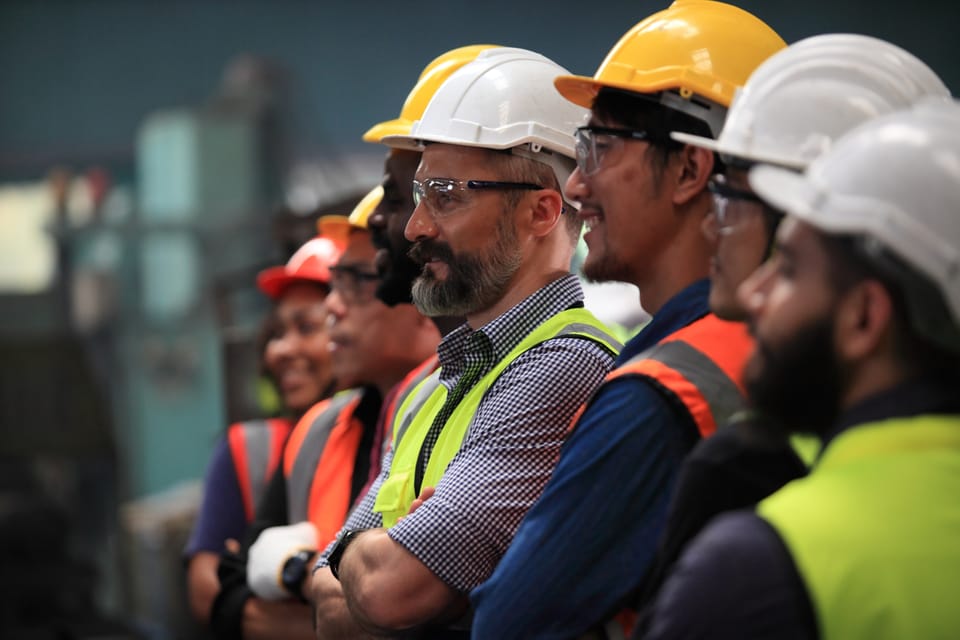You can’t build safely if your crew’s not okay

A version of this story first appeared in The Level newsletter. To get it in your inbox, sign up for free here.
Mental Health Awareness Month is an opportunity to become more proactive about emotional well-being for your employees and yourself. Construction has the second-highest suicide rate of the major industries—behind mining, quarrying, and oil and gas extraction—and 90% of people who die by suicide have a mental health condition. To help you understand the issues and identify opportunities to help, we consulted Betsy Schwartz, senior director of the Center for Workplace Mental Health at the American Psychiatric Association Foundation.
What makes construction workers at higher risk for suicide?
Long hours, demanding work, exposure to the elements and chronic pain related to the physical aspects of the job can contribute to mental health challenges. Seasonal work may contribute to family and financial strain, and deadline-driven projects create high-stress work environments. It’s also a male-dominated industry, with men experiencing the highest suicide rates. Toughness and strength are valued, while experiencing a mental health condition or seeking help may be seen as a personal weakness.
What can contractors do?
You play an essential role in normalizing the experience of mental health conditions and breaking down the barriers to people accessing care. Fostering a caring work environment that addresses employee well-being, strengthens mental health awareness and talks openly about suicide prevention in construction will reduce barriers and encourage workers to get the help they need, when they need it.
Engage and equip leadership to establish and champion policies and practices that support employee mental health and communicate them with a unified and consistent voice. Sharing their personal stories of lived experience will demonstrate from the leadership level that “it's ok not to be ok,” and work to reduce fear and judgment.
Raise the mental health awareness of all employees with training that increases their knowledge about mental health. Cultivate a culture of psychological safety. And connect workers to available resources that might include employee resource groups, clinical counseling, mentoring, peer navigators or wellness activities. As an example, some construction firms have QR codes on construction helmets for easy access to mental health resources.
What's the downside of not being proactive about mental health?
It is estimated that 200 million lost workdays each year are due to depression in the U.S. In the construction industry, where workplace safety is the priority, employees experiencing challenges to their mental health may compromise their safety on the job as well as impact the safety of colleagues. Creating a work culture that supports the mental health and well-being of employees in construction will raise awareness, instill compassion, connect workers to essential support and services—and save lives.
For more information and ideas, download the Center’s Mental Health and Well-being in the Construction Industry guide. If you or someone you know is struggling, the 988 Suicide & Crisis Lifeline offers free, confidential support 24/7. Call or text 988.
Thanks for reading today's edition! You can reach the newsletter team at thelevel@mynewsletter.co. We enjoy hearing from you.
Interested in advertising? Email us at newslettersales@mvfglobal.com
Was this email forwarded to you? Sign up here to get this newsletter once a week.
The Level is written by Margot Lester and edited by Bianca Prieto.





